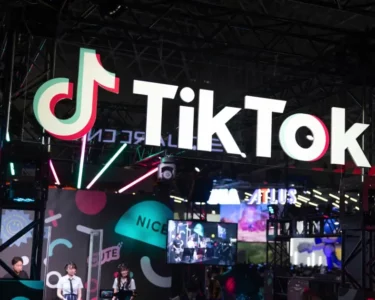In a recent report by Reuters on October 4, it was revealed that social media platform X, formerly known as Twitter, has been experiencing a significant decline in its monthly U.S. ad revenue since billionaire entrepreneur Elon Musk took over the company in October 2022. According to data provided by a third-party source to Reuters, the ad revenue for X has witnessed a staggering 55% year-over-year decline each month under Musk’s ownership.
One of the primary challenges faced by X post-acquisition has been its struggle to retain advertisers. Brands have reportedly grown cautious due to the rapid changes implemented under Musk’s ownership. This decline in revenue has raised concerns within the company, prompting X’s Chief Executive, Linda Yaccarino, to schedule a meeting with bank lenders who facilitated Musk’s acquisition. The purpose of this meeting is to outline the company’s future business plans, indicating a concerted effort to address the ongoing issues.
The most significant drop in revenue occurred in December 2022, with a staggering 78% decline compared to the same month in the previous year. This decline, reported by ad analytics firm Guideline, marked the steepest monthly decrease since Musk’s acquisition. Even in August, the latest month for which data is available, ad revenue was down by 60% year-over-year. Despite these concerning figures, X has refrained from commenting on the situation.
Elon Musk, in response to the revenue challenges, has publicly acknowledged the financial setbacks faced by the platform. He attributed part of the decline to pressure from activists impacting advertisers’ decisions. Notably, Musk pointed fingers at the Anti-Defamation League, accusing them of being a significant factor behind the 60% drop in U.S. ad revenue. However, the ADL swiftly denied these claims, asserting that they had no role in the revenue losses. In a statement, the organization even expressed its readiness to advertise on the platform to spread its anti-hate message.
Despite these setbacks, X’s Chief Executive, Linda Yaccarino, remains optimistic about the platform’s future. She stated in a recent interview that 1,500 brands had returned to the platform in the previous 12 weeks, indicating a potential uptick in advertiser confidence. Yaccarino also revealed that 90% of the top 100 advertisers had resumed their campaigns on X. Furthermore, she expressed confidence that X could achieve profitability as early as the following year.
Musk’s vision for X includes a comprehensive rebranding effort. In July, he rebranded Twitter as X, aligning with his plan to transform the platform into an “everything app.” This vision involves expanding the platform’s services beyond social networking, drawing inspiration from successful apps like WeChat in China. As part of this strategy, X aims to introduce peer-to-peer payment features and increase the volume of video content on the platform.
X’s journey under Musk’s ownership has been tumultuous, marked by significant challenges in retaining advertisers and a sharp decline in U.S. ad revenue. Despite these obstacles, the company’s leadership remains hopeful, actively engaging with lenders and implementing new strategies to revive the platform’s financial health. The coming months will likely be crucial for X as it navigates this challenging period and works towards achieving Musk’s ambitious vision for the platform.





